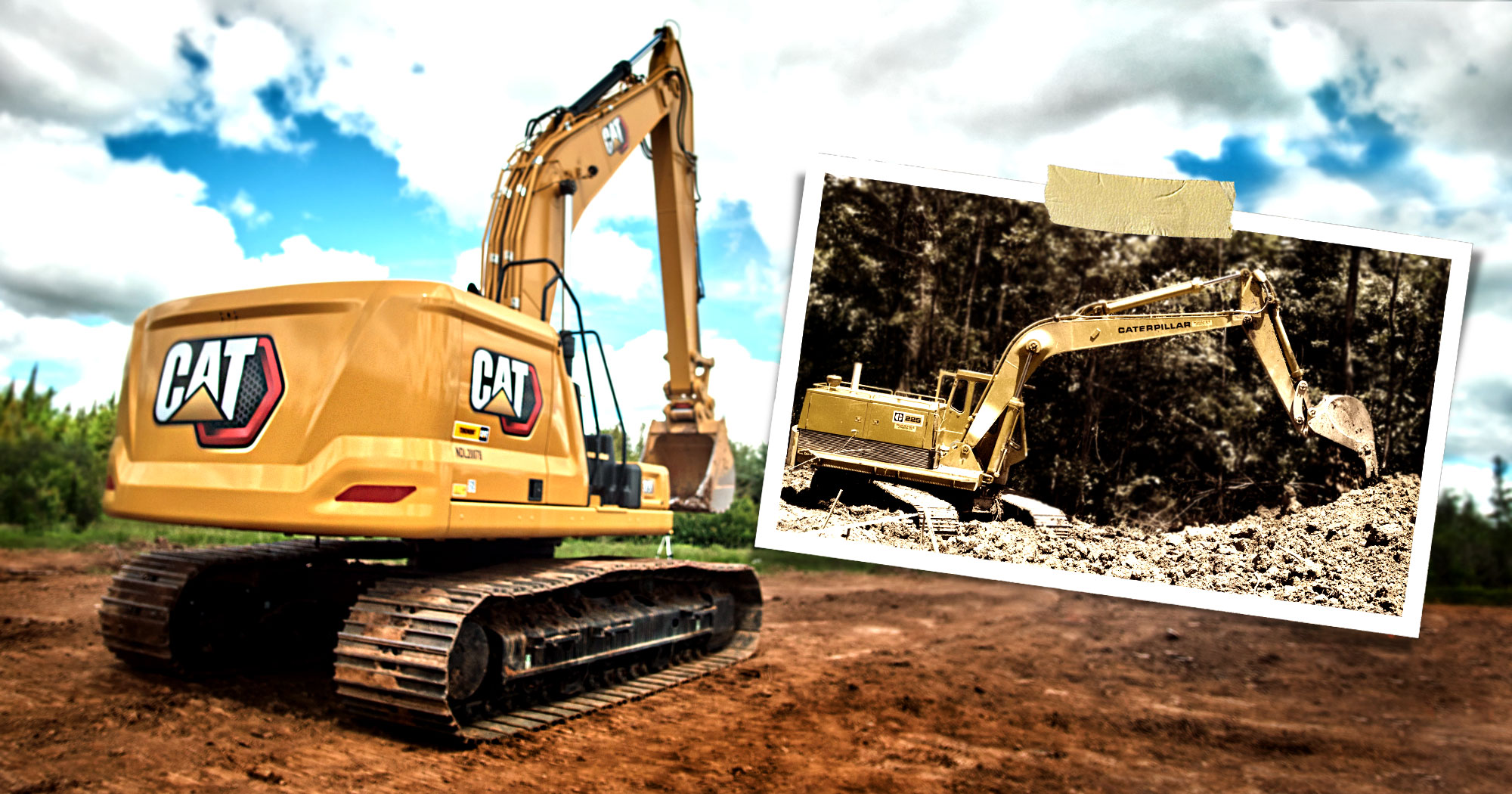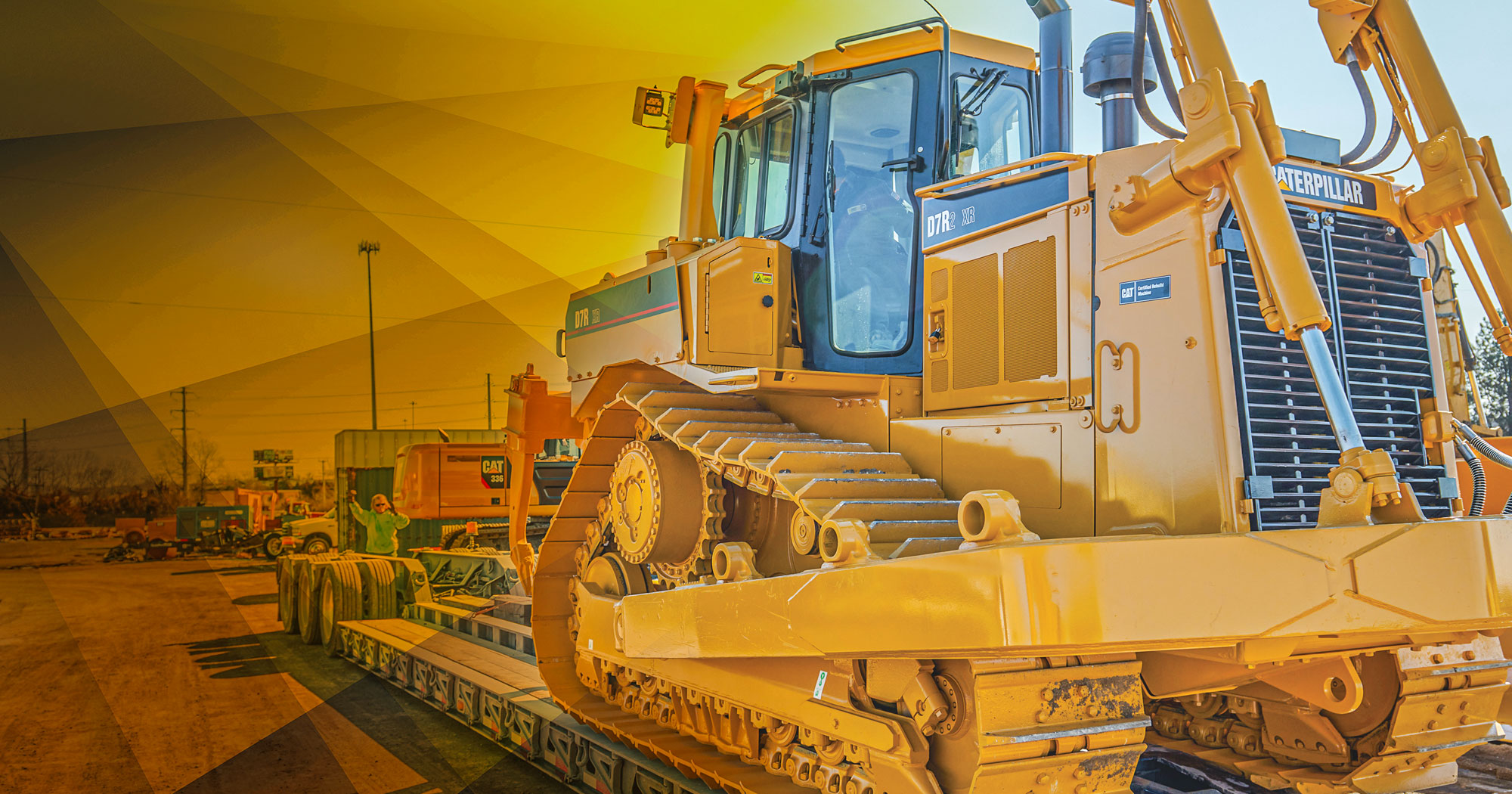
All companies that use heavy equipment have in common the goal of maximizing their equipment. If you're considering rebuilding your Cat machine, an expert can help you determine if it's the right option for your business, depending on the type of machine you own and how many hours you spent on it.
 Different rebuild options
Different rebuild options
When you are considering a rebuild, an analysis must be done to determine what type of rebuilding is required. Is it a
- Cat Certified Powertrain (CPT),
- Cat Certified Powertrain Plus (CPT+)
- Cat Certified Rebuild (CCR)
Next, the cost of the estimated rebuild must be compared with the cost of purchasing a new machine. Depending on the life cycle of the parts, rebuilding can be a wise choice if it gives the equipment a second lease of life for several years.
 A design made for rebuild
A design made for rebuild
The decision to opt for a rebuild may also vary depending on the lifecycle of the machine, the availability of a new machine and the value of the machine before it is rebuilt. Most medium-sized and large Cat equipment are designed to be rebuilt, so customers often have the choice of rebuilding or buying a new machine.
 Get the value of your equipment
Get the value of your equipment
Usually, replacement means buying a new or used machine. A rebuild is not just a repair. It includes the replacement of all major components and most minor components of the machine. The calibration and settings adjustments are also performed when applicable. The finished product is a new version of your machine that will work and behave like new.
Repairs usually consist of replacing only defective elements that cause a problem. Whether you have one piece of heavy equipment or a huge fleet, this question arises when the machines reach the end of their lifecycle. The decision to repair, rebuild or replace is directly related to the profitability of operations involving heavy equipment. There are many strong arguments in favour of the 50-50 rule, but many decisions involving heavy equipment will require even more complex analysis. After all, it is not an ordinary machine, but a rolling equipment with technologies that not only loses value, but also produces it.
 Priorities guide choices
Priorities guide choices
Your company's priorities should inform you when making this decision. For example, a government entity may have a policy that requires equipment replacement at certain intervals. A private company could automatically replace a machine when it reaches a certain number of hours of operation and thus avoid having to make the decision to rebuild or replace construction equipment or other machinery.
More often than not, the priority is to do what saves the most money in the short term without compromising safety or quality. This is what drives many managers towards rebuild or repair. In most cases, it is more economical to rebuild, repair and maintain large equipment than to purchase new or used replacement equipment.
 Finances shape decisions
Finances shape decisions
Reserves and cash flow are among the key elements that managers consider when deciding whether to rebuild or replace their equipment. Naturally, the price of a new machine would be considerably higher than that of a financed reconstruction or repair, and with a much longer-term financial commitment.
Depreciation and taxes on a rebuilt or repaired machine will cost less than a new machine, and there are many other financial aspects to consider:
- Is the machine in question paid or are there any payments left to make?
- What is the value of the asset in the context of a resale, exchange or rescue operation?
- How much will the repair cost affect the balance sheet, income statement and cash flow?
- Were regular maintenance and service costs taken into account?
- How much is the tax on a new machine?
- Do we have reliable estimates of the cost of the necessary repairs?
- Could a new machine bring significant financial value, for example by allowing bids for more demanding contracts?
- What disposal fees will have to be paid when a machine is removed?
- Are some of the proposed machines likely to generate more expenses?
- Will a reconstruction or repair really restore equipment to an acceptable level of performance?
- How will any of these options affect fuel consumption and costs?
- Does the option give the company a competitive advantage in the future?
Many advise replacing a machine only when the monthly costs of a rebuild or repair consistently exceed what it would cost for a potential new unit.
However, it is wrong to assume that equipment will fail simply because it is old. The point of failure depends on multiple factors specific to the machine, including the human factor. That's why your machine should be entrusted to specialists who are familiar with the technology and design of your equipment from A to Z.

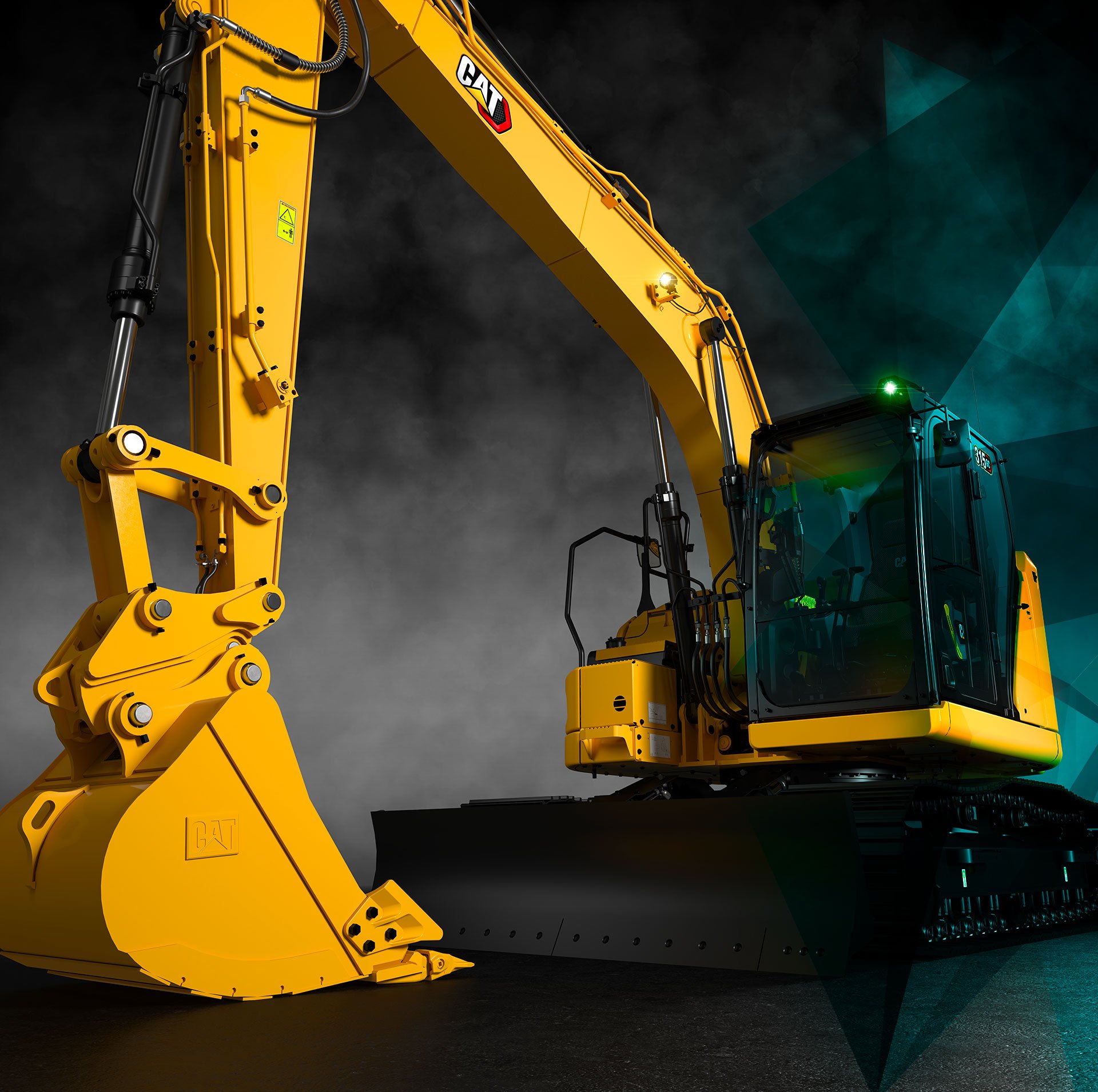
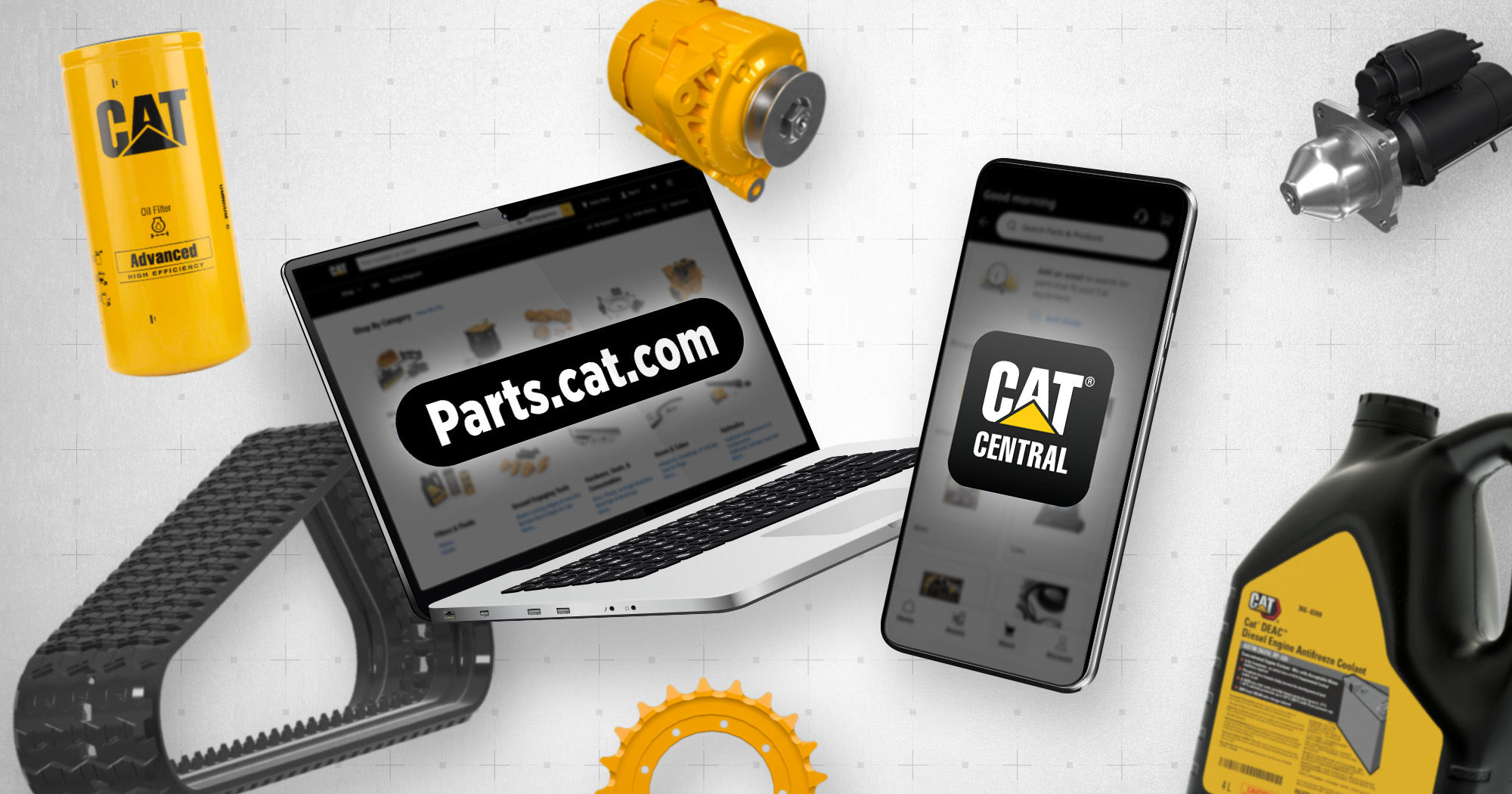



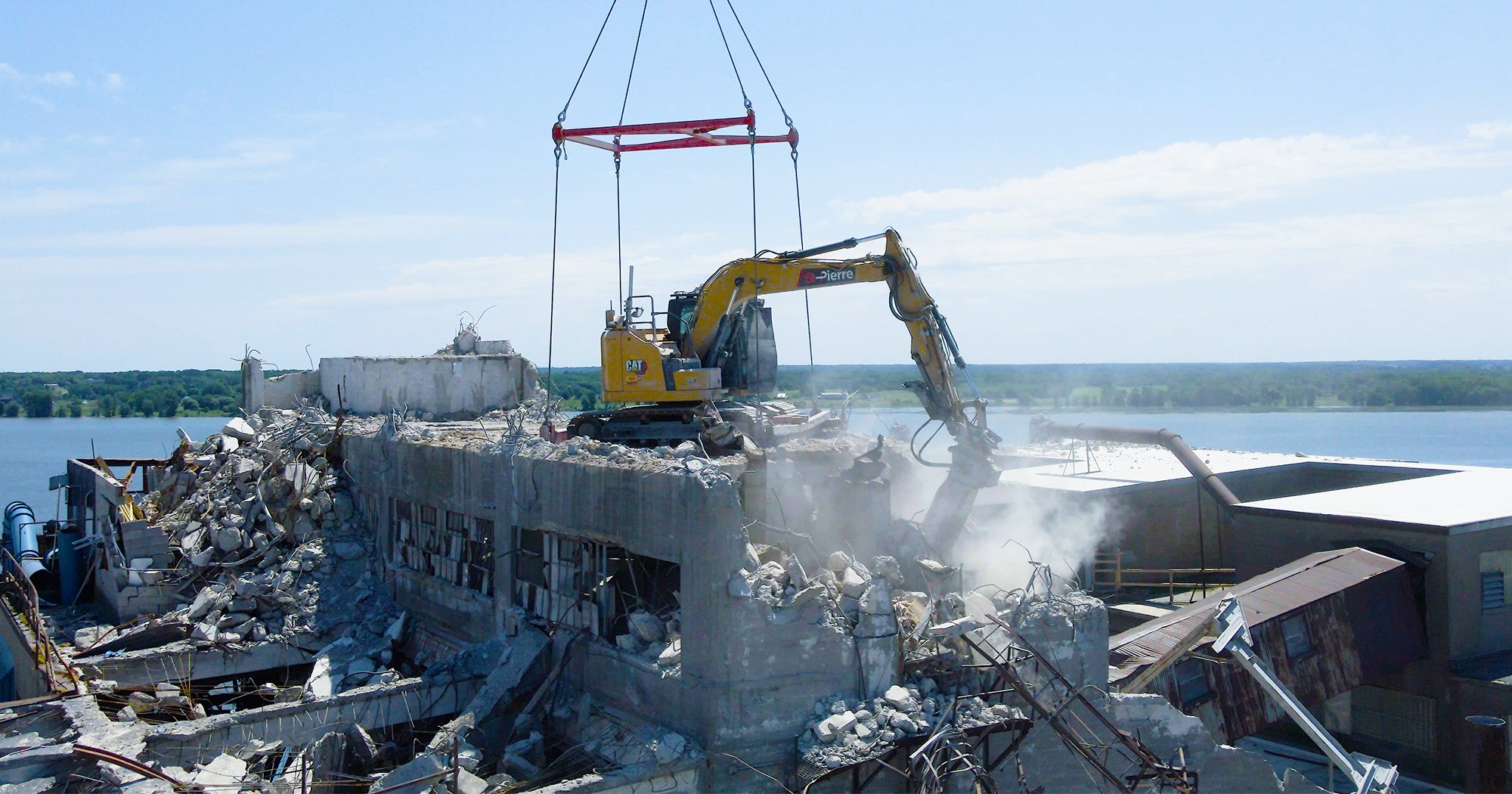
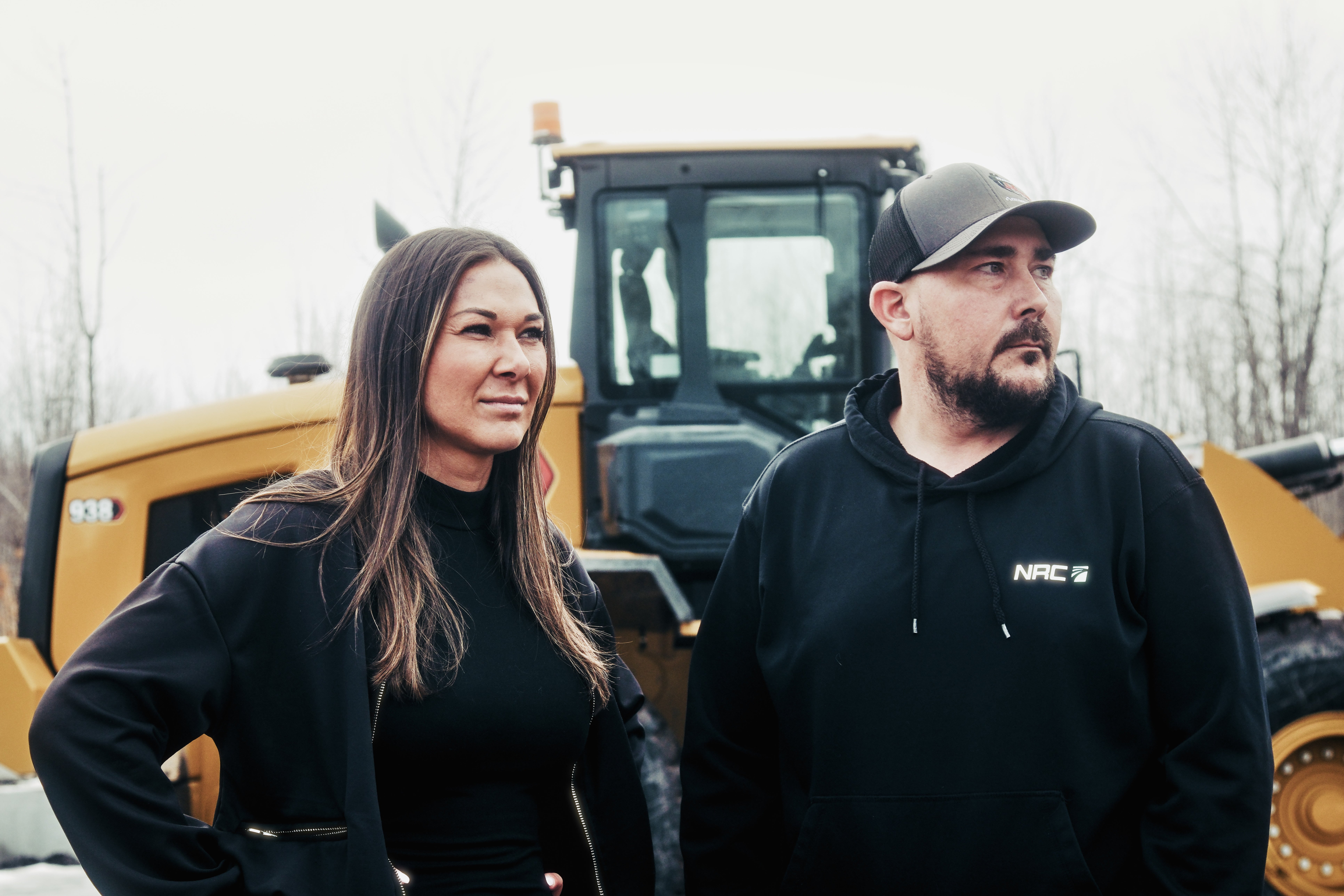
.png)
